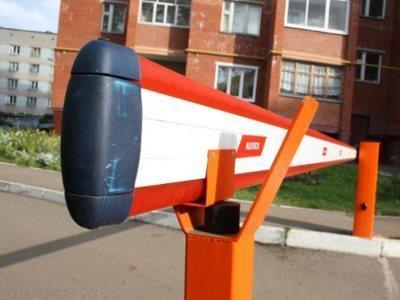
Nissan: Leaf is energy storage for the home, Tesla is wasting resources
Content
Nissan has just launched the second generation Nissan Leaf with 40kWh batteries, a variant that has been on sale in Europe for over 1,5 years. The car was advertised as a home energy storage. By the way, Tesla also got it.
Table of contents
- Australian Nissan sells Leaf, highlighting V2H support
- Tesla attacks the energy market
- Leaf is better because it doesn't waste resources and is manageable
It is not known why Nissan is only now introducing its electric car to the Australian market. Perhaps this is a growing threat from Tesla - but in a completely different segment than you might expect.
Tesla attacks the energy market
Well, in November 2017, Tesla launched in southern Australia. the largest energy storage facility in the world with a capacity of 129 MWh and a capacity of 100 MW... The Australian government was clearly surprised by the speed of Tesla (the installation was ready in less than 100 days) and the quality of the system. Therefore, two months after commissioning, he promised to fund another project: a distributed version of an energy storage device that would eventually consist of Tesla Powerwall 2 home warehouses with a capacity of 13,5 kWh. large network with a total capacity of 675 MWh.
Tesla's first energy storage solution solved most of the energy problems in southern Australia and is also expected to bring down electricity prices for households. The latter could correct the continent's energy problems.
> Polish Tesla Service Now Officially Launched [update]
Leaf is better because it doesn't waste resources and is manageable
When introducing the Leaf II to the Australian market, Nissan called it a pleasure to drive. This is understandable, but it did not end there: it was emphasized that Nissan Leaf is actually a 2-in-1 chip... We can ride it, yeah, and when we get there, we can connect it to home network to power other devices... The latter option is available thanks to the support of the V2H (car-to-home) mechanism, which provides a two-way flow of energy.

What does Tesla have to do with it? Well, according to Nissan, quoted by Thedriven (source), Tesla power supplies are “a waste of resources.” They have a small capacity and are only used for energy storage or transmission. Meanwhile Nissan Leaf - energy storage on wheels! With a daily energy consumption of 15-20 kWh, the Leaf battery should be enough for two days of operation, regardless of the operator's network.
Unfortunately, Nissan Australia does not yet have charging stations that would allow bi-directional energy flow through the Leaf <-> house line. The devices should be available within 6 months, which is early 2020.
Editor's Note www.elektrowoz.pl: An "energy storage device" is simply a large battery that is connected to the household electrical network. The operation of the warehouse is fully programmable, for example, it can charge cheap energy at night to give it away during the day.
This may interest you:

